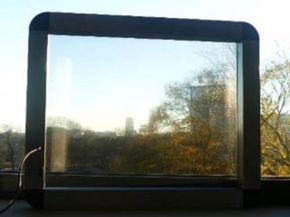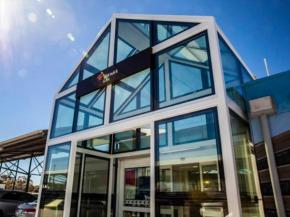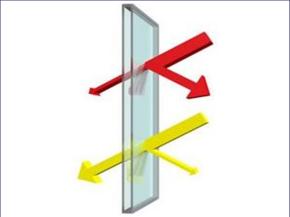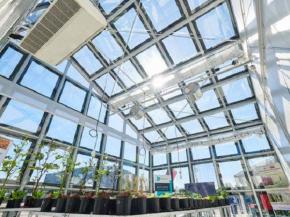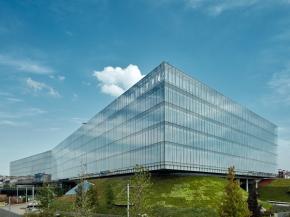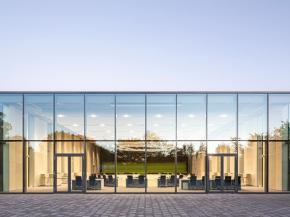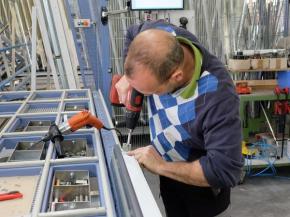Latest articles
| Evaluation Framework and Preliminary Results
| This study examines the potential benefits of Electrophoretic Light Modulator (ELM) on an Amsterdam office's energy and daylight performance using dynamic simulation of a shoebox perimeter zone model.
| The main benefits from dynamic glass relate to visual light comfort, light control and spectral modulation, privacy modulation and the most critical nowadays energy savings.
| At present, widespread energy innovations in terms of optimizing both the on-site distributed energy generation and the energy use intensity are urgently required in the built environment and in agricultural production facilities.
| A window's glazing properties play a key role in defining the quality and quantity of transmitted daylight in a space.
| It is hypothesized that the usage of smart glass in the building envelope can provide optimum solutions to adapt buildings to the variable climatic and environmental characteristics.
| This paper examines the visual performance of building facades that utilize windows with different photochromic-coated glass.
| This paper aims to contribute to this topic by examining the potential of a smart window system that has double dynamic insulated glazing in preventing heat gain and maximising daylight indoors.
| Introducing BIPV and WIPV solar window systems
| Can you name all types of dynamic glazing that are available in today’s market? Are you aware of their particular specifications and strengths? Don’t worry even if you can’t.
| Interview with Émilie Develle, technical advisor, Guardian Glass Europe.
| Glass production is an energy-intensive process by its nature, so even small reductions there can result in considerable savings in energy and costs.
| Limiting global warming require “rapid and far-reaching” transitions in land, energy, industry, buildings, transport, and cities.
| This article is dedicated to dynamic glazing in the façade. This is an update of the articles on smart products in the façade I and II published in March 2019 and May 2020.
| The laserbird is a universal tool, making it the perfect choice for a broad portfolio of customers, applications and glass products.
| Contemporary architectural transparency (understood as the optical property of the material) is constantly being redefined and, over the last decade, new design trends have developed related to transparent façades in architecture.
| The integration of smart glazing and adaptive façade in buildings can lead to large performance improvements and added functionality compared to conventional static building envelope systems.
| Windows have always been at the intersection of various technologies and architectural processes that evolved in parallel and often intertwined.
| There have several type smart glass, what is the difference for different type? How can you know that and choose right?
| Presented below are some of the special challenges facing the skilled glass-processing trades: many products are becoming smarter.


